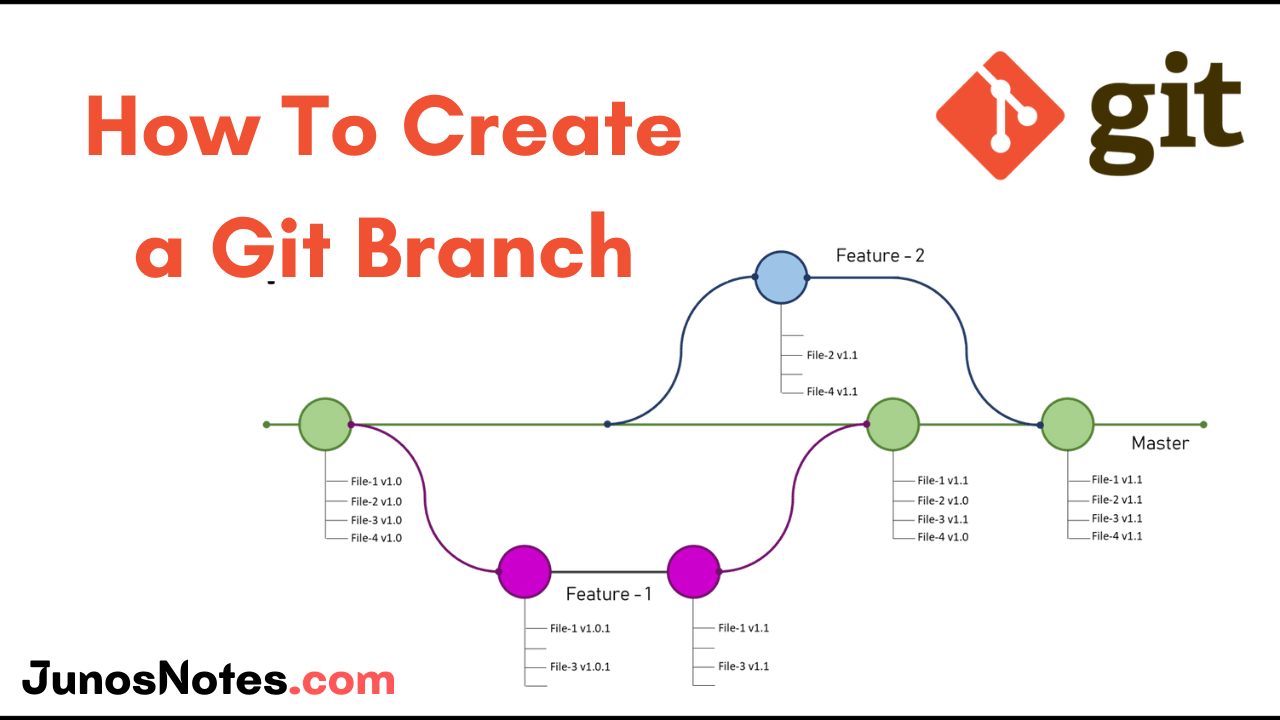

To switch to a branch, use the git checkout command. This command doesn't switch your current branch to the new branch. Currently on the branch dev, I do: git checkout -b myfeature dev. To create a new branch, use the git branch command. Create a branch in Git from another branch Ask Question Asked 12 years, 6 months ago Modified 3 months ago Viewed 2.7m times 1606 I have two branches: master and dev I want to create a 'feature branch' from the dev branch. Right-click the default branch, often named main, and then choose New Local Branch FromĮnter a descriptive branch name to let others know what work the branch contains. In Team Explorer, select the Home button and choose Branches. You can use Git features from either interface interchangeably. To use Team Explorer, uncheck Tools > Options > Preview Features > New Git user experience from the menu bar. Visual Studio 2019 version 16.8 and later versions provides a Git version control experience while maintaining the Team Explorer Git user interface. Visual Studio 2019 provides a Git version control experience by using the Git menu, Git Changes, and through context menus in Solution Explorer. The Checkout branch checkbox automatically switches you to the newly created branch.

By default, Visual Studio creates your new branch from the current branch. In the Create a new branch window, enter a descriptive branch name to let others know what work the branch contains. 3.1 Git Branching - Branches in a Nutshell Nearly every VCS has some form of branching support. This is a safe operation in that Git prevents you from deleting the branch if it has unmerged changes.
git branch -dThis is synonymous with git branch -list. For more information, see the Visual Studio 2019 - Team Explorer tab.įrom the Git menu on the menu bar, choose New Branch to open the Create a new branch window. List all of the branches in your repository. Visual Studio 2019 version 16.8 also offers the Team Explorer Git user interface. Visual Studio 2022 provides a Git version control experience by using the Git menu, Git Changes, and through context menus in Solution Explorer. If you also provide a SHA-1 hash of a specific revision, your new branch will use that commit as its starting point.After you've created a remote branch, you can fetch it into your local Git repo.
Git new branch manual#
However when I run the (merged) app, it showed those changes too which I unstanged / removed during manual merge.

So I unstanged those files while merging others manually. Then I recall I did not want to merge some of the changes in feature branch in the master branch. If you want to delete a remote branch, add the "-r" flag in addition to "-d".Ĭreate a new local branch based on your currently checked out branch. While doing so, vscode showed some merge conflicts.Be careful with this, though: deleting branches that contain unmerged data shouldn't be done lightly. If the specified branch hasn't been fully merged yet, you'll have to use the capital "-D" flag.Note that you can also request all branches that already have been merged in your current HEAD by using the "-merged" option instead. This helps you understand which changes haven't been integrated into your current working context, yet. Returns all branches that have not been merged into your current HEAD branch. Adding the "-v" flag will make the command more "verbose" and include SHA-1 hashes as well as commit subjects of the latest commits on your branches.To check which branch you are currently working on, open your terminal or command prompt and navigate to the directory where your project is located. Adding the "-a" flag will make sure remote branches are also included in the list. Step 1: Check your current branch Before creating a new branch, it’s essential to check your current branch.Listing your branches, by default, will only show your local branches' names. Provides more information about all your branches. It's the go-to command when it comes to managing any aspect of your branches - no matter if in your local repository or on your remotes. The "branch" command helps you create, delete, and list branches.


 0 kommentar(er)
0 kommentar(er)
